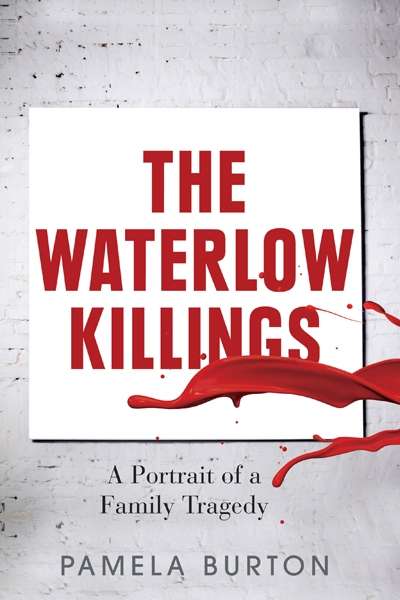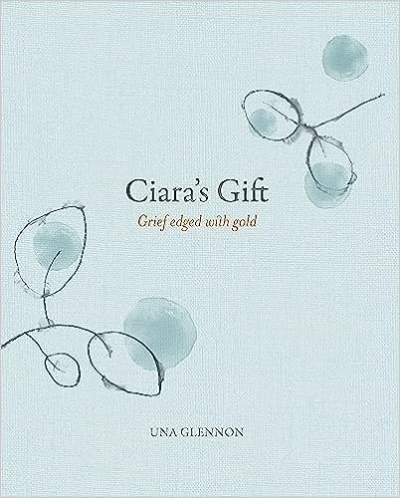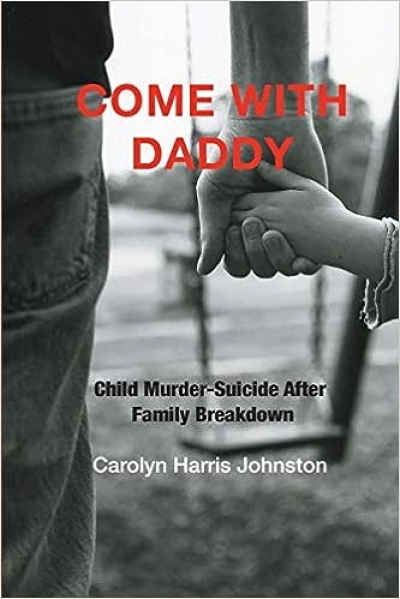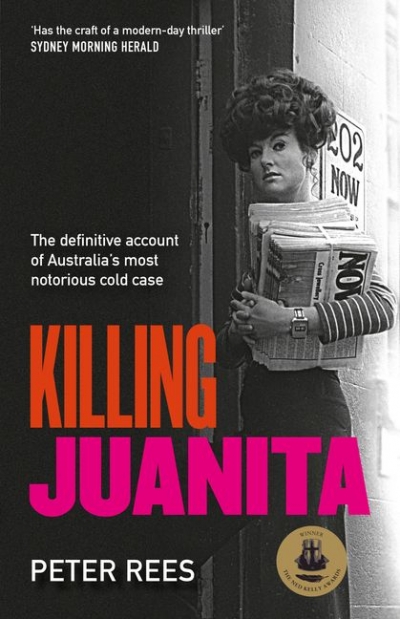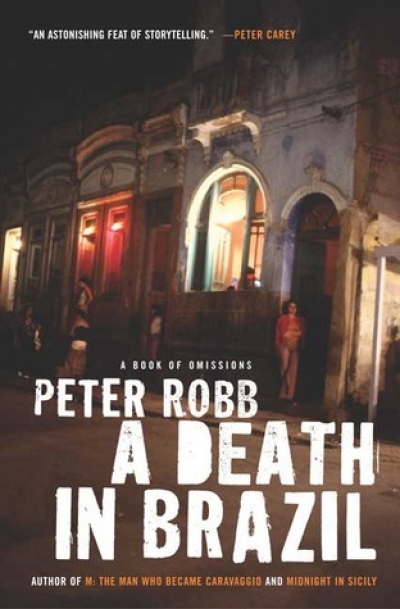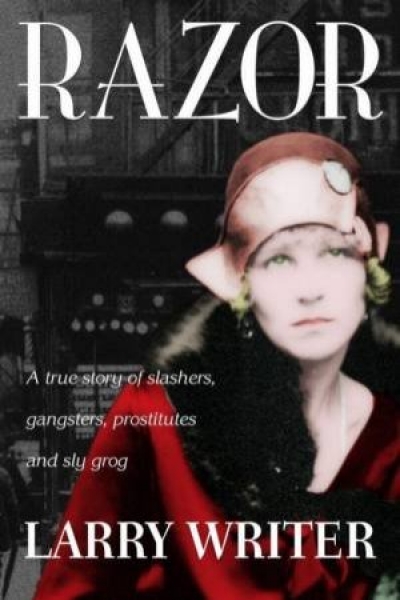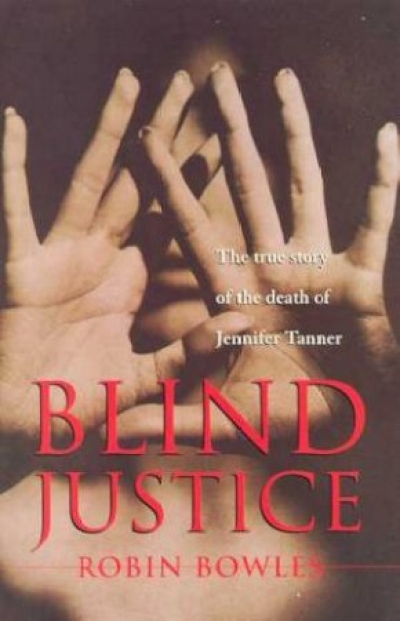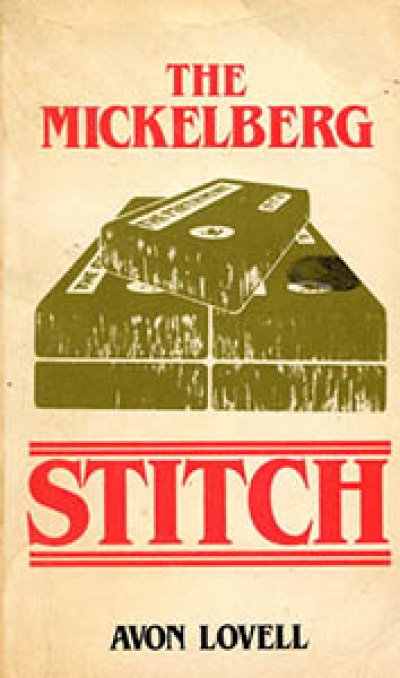True Crime
The Waterlow Killings: A Portrait of a Family Tragedy by Pamela Burton
by Alison Broinowski •
The Sydney crime scene of the 1970s and 1980s – made famous by television’s Underbelly: A Tale of Two Cities – is a familiar and popular subject, so it was ambitious on Tony Reeves’s part to set out to offer The Real George Freeman. Ultimately, he fails to do so.
...Ciara's Gift by Una Glennon & Murderer No More by Colleen Egan
by Richard Harding •
Come With Daddy by Carolyn Harris Johnson & Kangaroo Court by John Hirst
by Pamela Bone •
Killing Juanita: A True Story of Murder and Corruption by Peter Rees
by Philip Clark •
A Death in Brazil: A book of omissions by Peter Robb
by Rowan Ireland •
Razor: A true story of slashers, gangsters, prostitutes and sly grog by Larry Writer
by Craig Sherborne •

